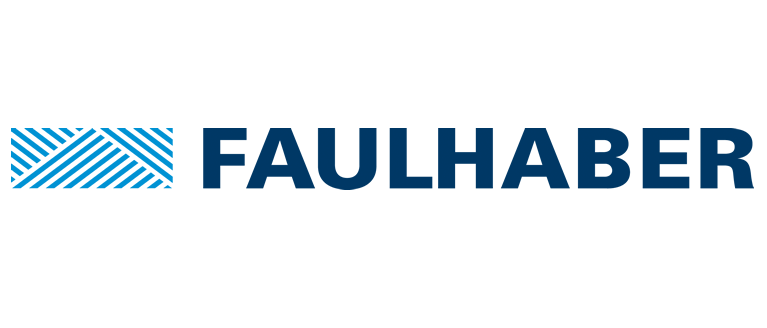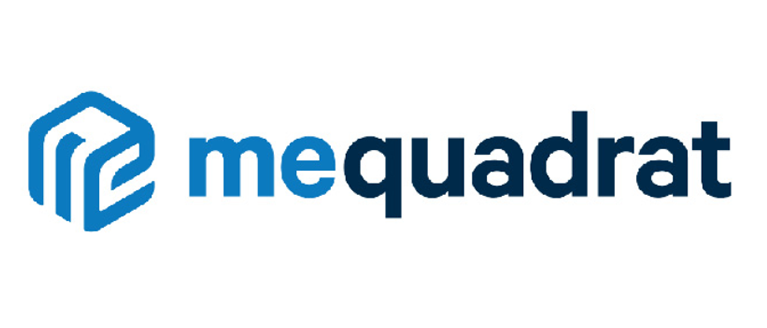
Referentenportraits
Keynote: Prof. Dr. Guido Schuster, ICAI Interdisciplinary Center for Artificial Intelligence, Professor, Direktor ICAI, OST

Prof. Dr. Guido M. Schuster
Director, ICAI – Interdisciplinary Center for Artificial Intelligence
OST – Eastern Switzerland University of Applied Sciences
Prof. Guido M. Schuster earned his Ph.D. in 1996 from the Department of Electrical Engineering and Computer Science at Northwestern University, Illinois, USA. He went on to co-found and serve as CTO of the Internet Communication Business Unit at 3Com in Chicago, where his team launched the first commercially available SIP-based Internet communication system in 2000.
For over 25 years, he has been a professor in Switzerland. As founder and director of the Interdisciplinary Center for Artificial Intelligence (ICAI) at OST, he co-authored the ICAI business plan in 2019, positioning the OST as a pioneer in applying AI across all academic disciplines—not only in traditional STEM fields.
Prof. Schuster is the recipient of 22 academic and industry awards, including the IEEE Signal Processing Society Best Paper Award, the 3Com Inventor of the Year Award, the Credit Suisse Award for Best Teaching, and seven FUTUR Technology Transfer Awards. He has 74 patents and patent submissions, is the author of the book “Rate-Distortion Based Video Compression” and has co-authored 77 academic publications. His Google Scholar h-index stands at 56 with over 9500 citations of his works.
Abstract
A Technical Introduction to Neural Networks
In this fast-paced keynote, Prof. Dr. Guido M. Schuster introduces the fundamentals of neural networks, covering neuron structure, activation functions, and supervised learning with gradient descent. He demonstrates how single-layer networks can learn simple patterns but fail on non-linear problems like XOR.
To address this, he introduces multi-layer networks and the back-propagation algorithm, enabling effective training of deeper architectures. Using basic MATLAB code and mini-batch training, he illustrates key concepts such as error propagation, weight updates, and convergence behavior.
The session ends with a successful demonstration of solving XOR using a two-layer network, showing how neural networks can learn complex patterns when properly structured and trained.
Symposium on Lab Automation
Advancing AI-Guided Robotic, the Role of Synthetic Data
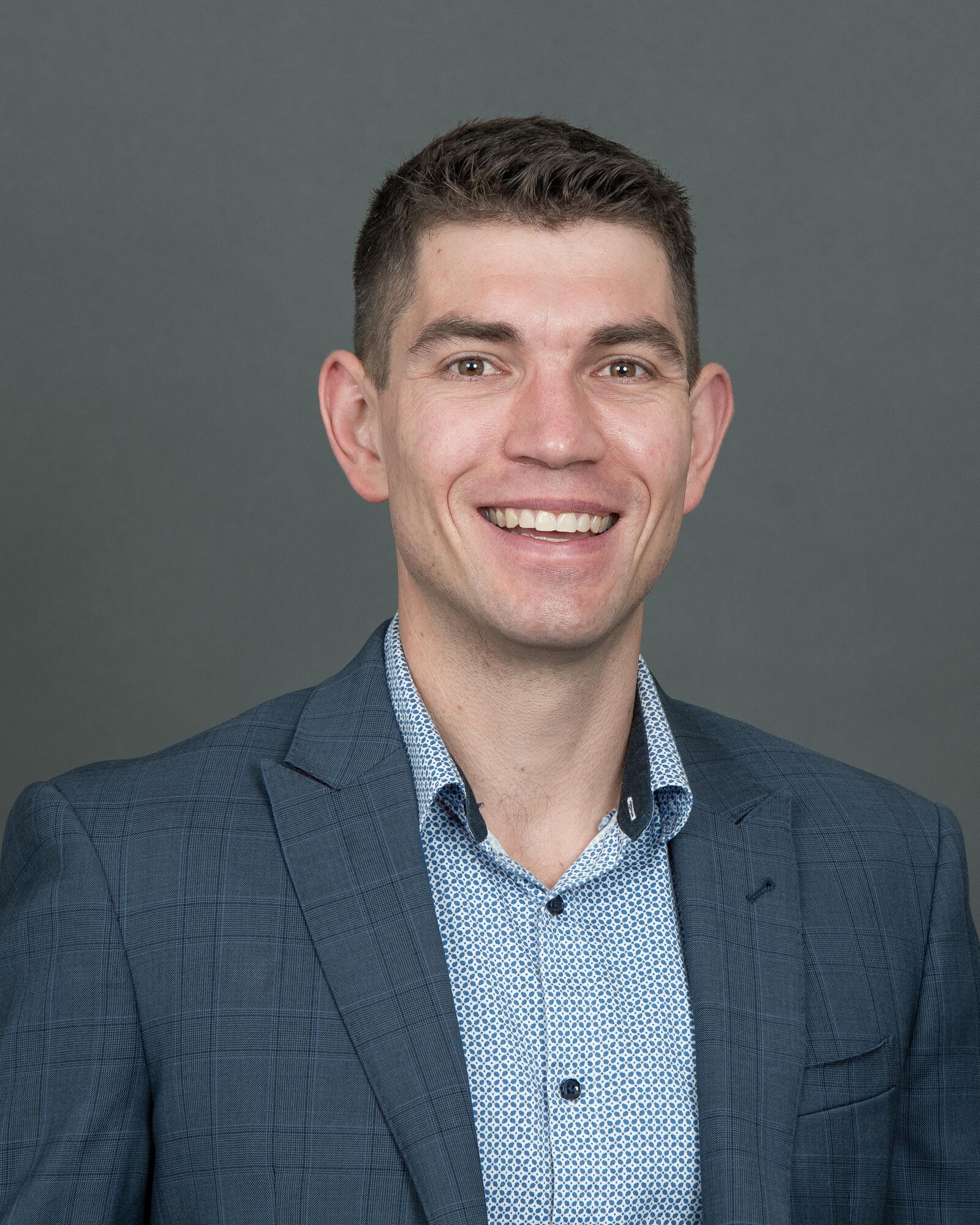
Dr. David Hemmi, Head of Research and Business Development, CSEM
David leads Business Development for Machine Learning and Industry 4.0 at CSEM, Switzerland’s premier center for technology innovation. With a career spanning applied research, venture capital, and start-up leadership in a global context, David has consistently worked at the crossroads of scientific discovery and commercial impact. His passion lies in turning cutting-edge innovation into real-world solutions that drive industry transformation.
Abstract
Advancing AI-Guided Robotic, the Role of Synthetic Data
A major challenge in robotics lies in the significant implementation effort required to adapt a system for a specific task—an effort that demands substantial engineering expertise. AI-guided robotics is poised to change this by enabling robots to understand tasks and autonomously determine how to perform them, without explicit instructions. However, training AI systems typically requires large volumes of data, which can be costly, time-consuming, and difficult to acquire.
Synthetic data is transforming the development of artificial intelligence in robotics and industrial automation. By providing abundant, annotated, and customizable training datasets, it addresses the limitations of real-world data, which is often scarce or hard to capture.
One compelling example is the development of a robot designed to automatically unscrew and dismantle used car batteries for recycling. In this case, synthetic data played a key role in training the robot’s AI system, enabling more efficient and flexible performance. This example highlights the potential of synthetic data to accelerate development cycles, improve system robustness, and support automation in complex or safety-critical environments.
An automated 3D organ model framework as basis for robust AI data sets replicating human diversity
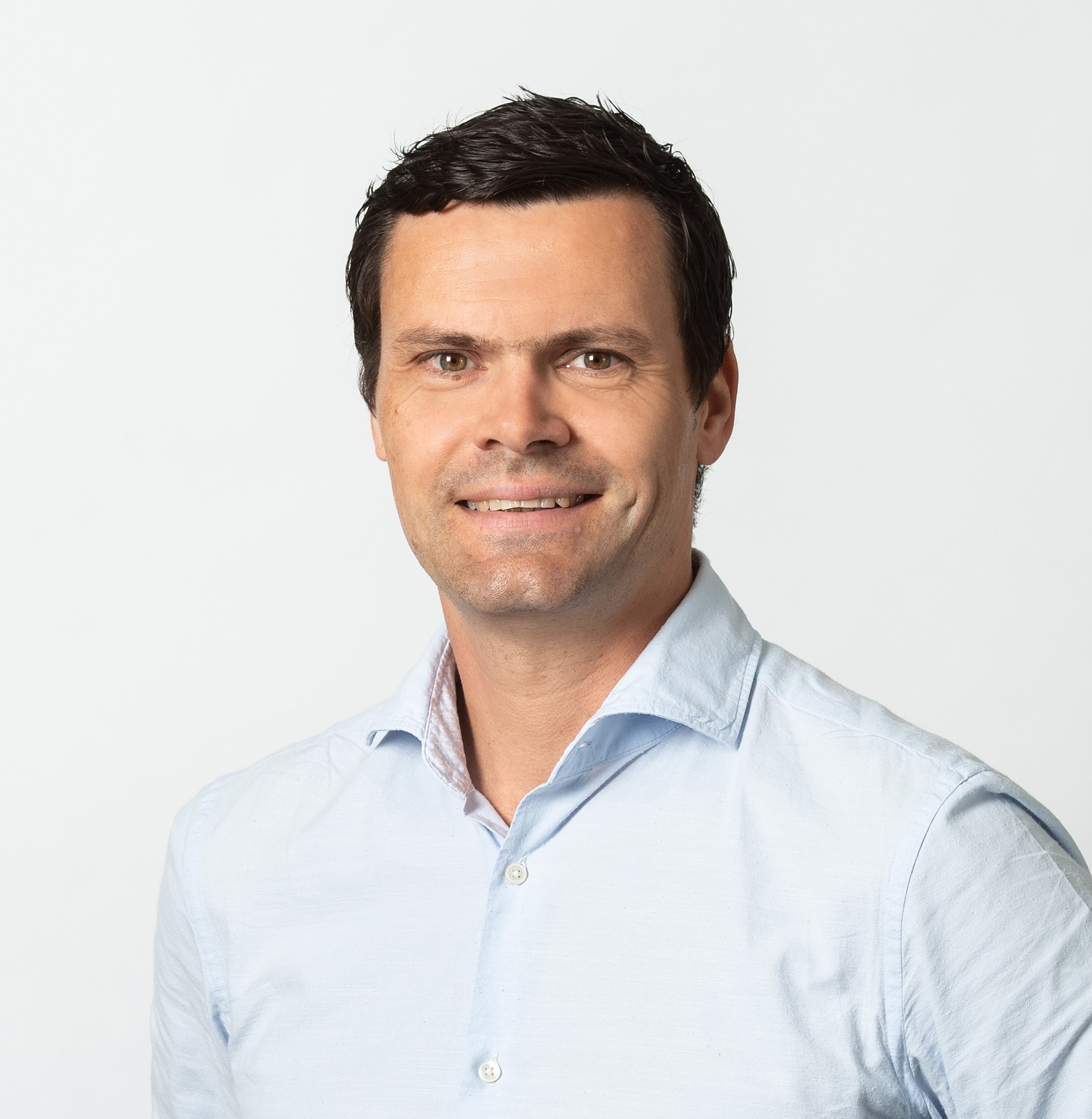
Dr. Olivier Frey, Vice President and Head of Technology & Platforms at InSphero
Olivier Frey is Vice President and Head of Technology & Platforms at InSphero and leads the Microphysiological Systems and Organ-on-Chip programs. Before joining InSphero, he was group leader and SNF Ambizione fellow at the Department of Biosystems Science and Engineering of ETH Zurich, Switzerland on integrated microfluidic systems for single cell handling and 3D tissue cultures. He holds a Dr.Sc in Micro Engineering from the École Polytechnique Fédérale de Lausanne and an MSc in Microtechnology and Mechanics from ETH Zürich.
Abstract
An automated 3D organ model framework as basis for robust AI data sets replicating human diversity
Within the European Chips JU project UNLOOC we aim at «unlocking the data content of organ-on-chips». Together with partners in the automation, bio and data analysis space, we aim at developing a technology platform for high-throughput cryopreservation of panels of 3D organ models, ready to use in screening. Advanced multi-parametric and multi-modal read out methods will allow to resolve, how pharmaceutical compounds react different human populations.
Mastering Real-World Challenges to Deploy AI
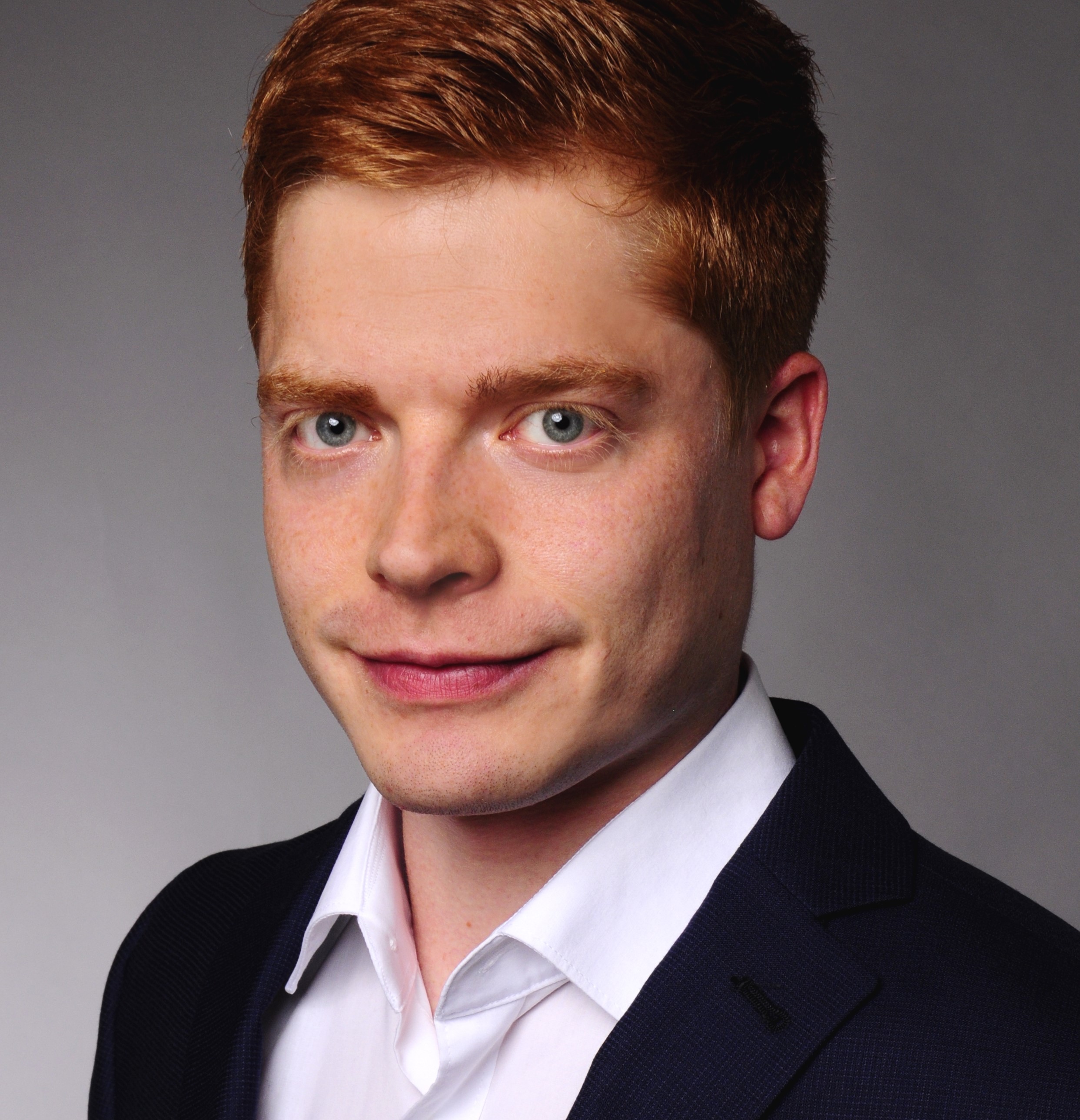
Dr.-Ing. Dirk Otter, Business Development Manager for LifeScience Automation, FESTO
Dirk Otter is Business Development Manager for LifeScience Automation at Festo. He focuses on automation solutions for medical and laboratory devices—from precise fluid control to electric and pneumatic motion—supporting innovation in diagnostics, analytics, and patient care.
Abstract
Mastering Real-World Challenges to Deploy AI
Exploring hybrid AI approaches for automation—combining data-driven models with physical knowledge. Applications include anomaly detection, predictive maintenance, and quality optimization. We demonstrate how AI enables adaptive control and transparent decision-making in dynamic production environments.
Lab of the future
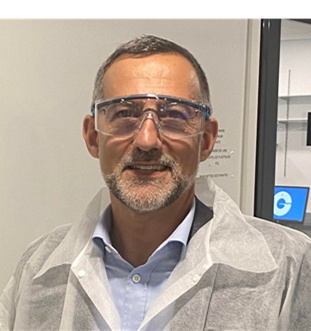
Davide Spoldi, IM&T Platform Manager, Givaudan International SA
Science & Technology Product Line Manager, based in Kemptthal (CH)
- Italian, my wife is French, we live in Zürich, with three triple-mother tongues children!
- Love for all outside sports and travel
In Givaudan since 2006, part of the Global IT Operations team and now Corporate Business Solutions Group
- IT business partner, managing the IT portfolio of projects for S&T and leading a team of 5.
- IT background, passionate for our industry, products and innovations
- Value delivery in digital projects for all research capabilities: Ingredients discovery, microcapsule formulation, active ingredient research, complex ingredients registration, neuroscience studies, lab automation, AI applied to science
Abstract
Symposium on Robotics and Industrial Automation
AI in Industrial Automation: Why the Models Are the Easy Part
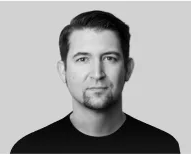
Dr. Josef Waltl, Founder & CEO, Software Defined Automation Inc.
Dr. Josef Waltl is the founder and CEO of Software Defined Automation, a growth company pioneering Industrial DevOps in the manufacturing space. Previously he was at Microsoft, where he led a product group in Azure Industrial IoT with a focus on edge AI and served as a global segment lead for industrial software at Amazon Web Services. He started his career with Siemens, where he focused on industrial automation and the build-up of the industrial software portfolio. He holds a diploma in computer science from the University of Salzburg, Austria. During his Doctorate at the Technical University of Munich, he contributed to the scientific discussion on software platform ecosystems, intellectual property, and related business models.
Abstract
AI in Industrial Automation: Why the Models Are the Easy Part
The excitement around Artificial Intelligence in industrial automation is tangible—but we're often focusing on the wrong layer of the problem. While transformer architectures and generative models advance rapidly, the real challenge in our industry lies elsewhere: in unlocking the data behind proprietary barriers and connecting AI meaningfully to the physical world.
In this talk, I’ll argue that we must think about AI in industrial automation from the end goal backwards. The true IP of manufacturing lies not in algorithms, but in the experience of operators, the nuance of machine configurations, and decades of process tuning—most of which is trapped in PLCs and vendor-specific control systems.
To enable AI that truly enhances operations, we must first dismantle these silos, normalize and structure data at scale, and create plant-specific models that reflect the unique DNA of each facility. This isn’t about building a general AI overlord for all factories. It’s about building the systems that enable each factory to train its own expert.
Software Defined Automation enables this shift—decoupling control logic from hardware, liberating data, and making automation systems programmable and observable like modern software. These systems, not the AI models themselves, will be the true drivers of competitive advantage in the next industrial era.
Key Takeaways:
- Why «getting the data» is still the hardest part of AI in automation
- The risk of betting on general AI before solving infrastructure and integration
- How operator-centric, facility-specific AI can outperform one-size-fits-all models
- A vision for an open, software-defined control layer as the foundation for AI-powered manufacturing
Let’s move beyond the hype—and get to work on what really matters.
Lightweight Neural Networks in the field: Smart Cameras learn to monitor product quality
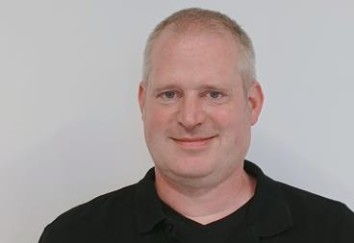
Dr. Jens Kubacki, Computer Vision & Machine Learning, QualiVision AG
Starting in 2001, Dr. Jens Kubacki has specialized in object recognition for robots at Fraunhofer IPA in Stuttgart. In 2010, he joined Mesa Imaging AG as an application engineer, developing 3D image processing algorithms. Since 2018, he has worked at QualiVision AG, focusing on computer vision and machine learning, playing a key role in integrating Deep Learning technology into visual inspection systems.
Abstract
Lightweight Neural Networks in the field: Smart Cameras learn to monitor product quality
Instead of cost-intensive search for visual features by hand, convolutional neural networks (CNNs) learn such features automatically. New Smart Cameras like the Baumer AX series equipped with onboard GPUs allow for executing CNNs in the field. Neural Architecture Search (NAS) can help to find lightweight architectures to meet the requirements in typical production scenarios. We present an example project.
B&R integrate AI for developer in the daily usage
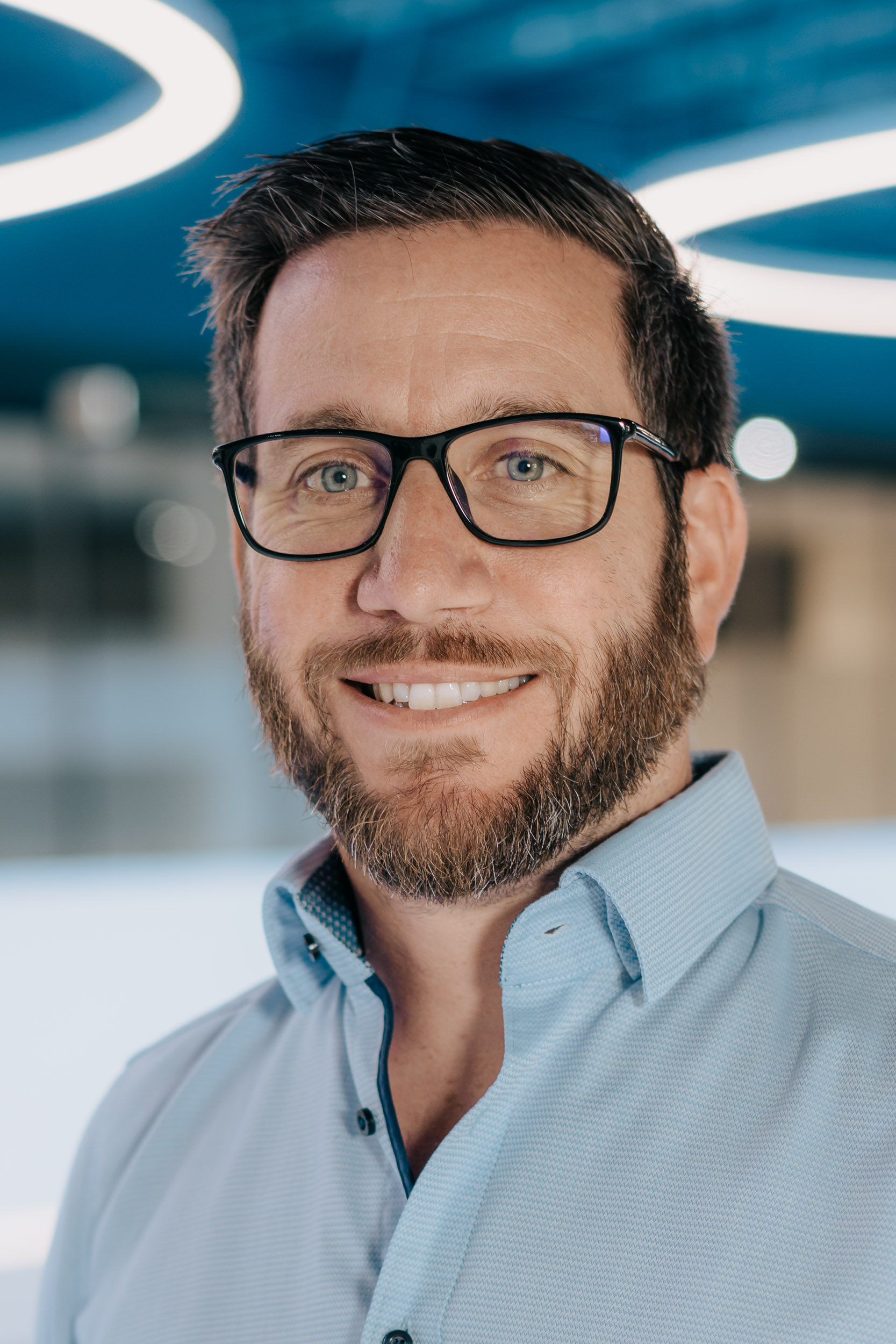
Martin Buchmann, Application Manager, B&R Industrie-Automation AG - A member of the ABB Group
Martin Buchmann leads the Application Team in Switzerland, which is located in Biel and Frauenfeld, responsible for 1st Level Support for Swiss B&R customers, standard and customized trainings in the automationAcademy over the whole product range of B&R and supporting customer projects with knowhow out of his team to accelerate the projects. In addition he is also a global trainer educator in the group and Vision Expert for Switzerland.
Abstract
B&R integrate AI for developer in the daily usage
B&R has integrated AI into its current development toolbox, Automation Studio Code. We demonstrate how this makes daily work much easier and how quickly we can now write the glue code. We also demonstrate the AI camera and present a use case of a solution we have already implemented for a machine builder.


